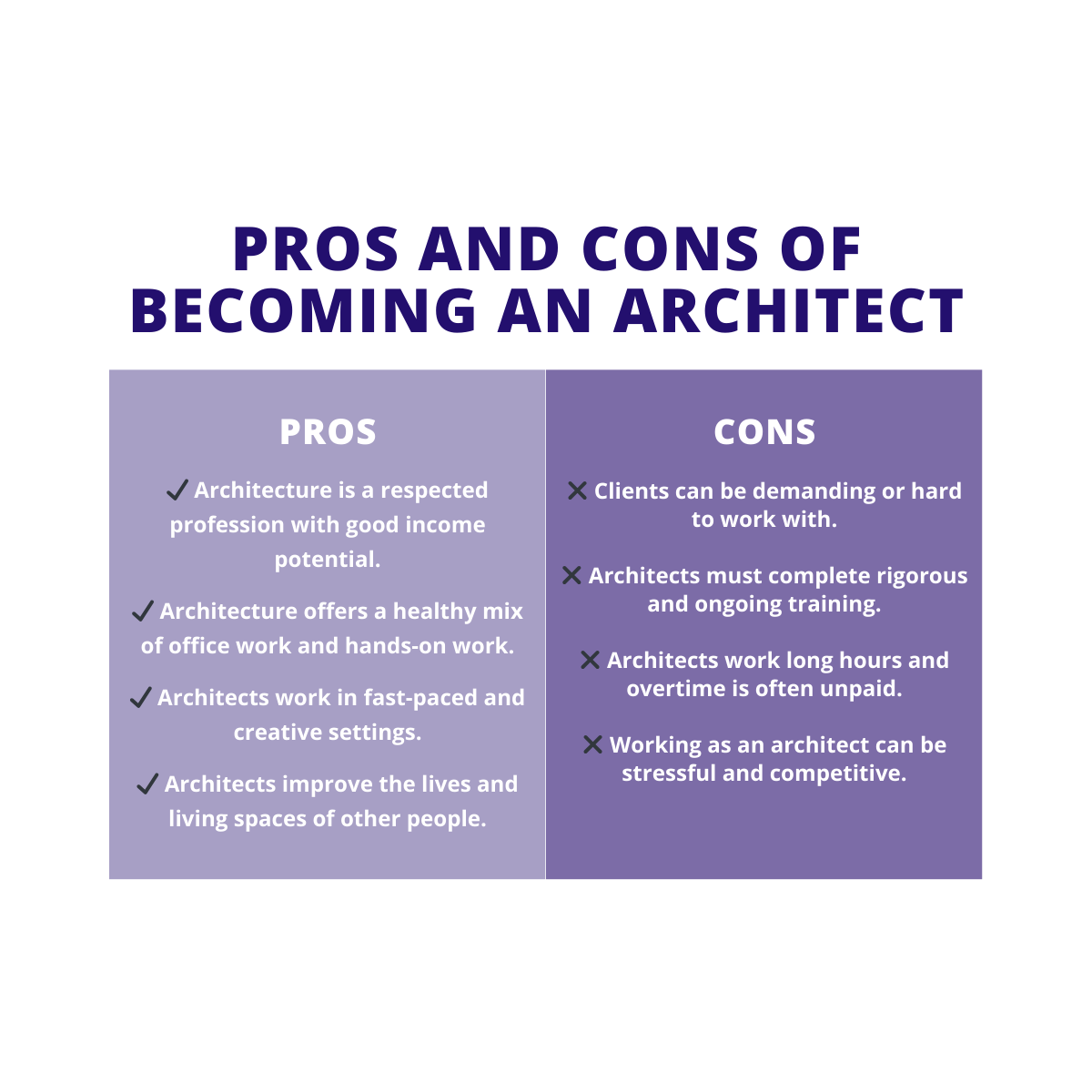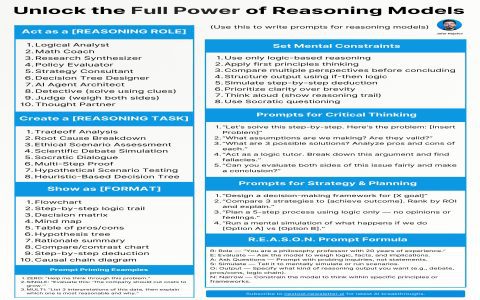Understanding Architect Fees
Architect fees are a significant component of any construction or renovation project. These costs cover a wide range of services, from initial design concepts and detailed drawings to contract administration during construction. Understanding how architects structure their fees and the factors that influence them is crucial for effective project budgeting.
Common Fee Structures
Architects typically employ several methods for calculating their fees:
- Percentage of Construction Cost: This is a prevalent method where the architect's fee is a percentage (e.g., 5% to 20%) of the total project construction cost. The specific percentage varies based on project complexity, size, and the level of service provided.
- Hourly Rates: Architects and their staff bill for their time at agreed-upon hourly rates. This method is often used for smaller projects, consultations, feasibility studies, or when the project scope is initially undefined. Rates differ based on the experience level of the personnel involved (e.g., principal architect, project manager, junior architect).
- Fixed Fee (Stipulated Sum): A lump sum amount is agreed upon for a clearly defined scope of services. This provides cost certainty for the client but requires a very detailed project brief and scope of work from the outset to avoid misunderstandings or additional service requests.
- Per Square Foot/Meter: Less common for comprehensive services but sometimes used for specific project types or phases, where fees are calculated based on the area of the project.
- Combination Fees: Architects may propose a fee structure that combines different methods. For example, an hourly rate for schematic design and a fixed fee for construction documents.
Factors Influencing Architect Costs
Several key factors impact the overall cost of architectural services:

- Project Scope & Complexity: The size, type, and intricacy of the project are primary drivers. A custom-designed luxury home, a complex commercial building, or a historic renovation will command higher fees than a simple addition or a standard warehouse due to increased design time, coordination, and technical expertise required.
- Level of Service: The extent of the architect's involvement directly influences the fee. Basic services might only include schematic design and construction documents. Full services can encompass site analysis, detailed interior design, bidding and negotiation with contractors, and comprehensive construction contract administration.
- Architect's Experience & Reputation: Highly experienced architects or well-established firms with a strong portfolio and specialized expertise often charge higher fees. Their proven track record and ability to deliver high-quality design and project management can provide significant value.
- Project Location: Architectural fees can vary by geographical region due to differences in local market rates, cost of living, regulatory environments, and the availability of skilled labor and materials.
- Construction Budget: For fees based on a percentage of construction cost, a higher construction budget will naturally lead to a higher architect fee.
- Project Type: Different project categories (e.g., residential, commercial, institutional, industrial) have varying levels of complexity and regulatory requirements, which affects fees.
Typical Cost Ranges
While fees are highly project-specific, general percentage-based ranges can be observed:
- New Custom Residential Construction: Often falls between 8% and 15% of the total construction costs. Highly bespoke or complex designs can exceed this range.
- Residential Renovations & Additions: Typically range from 10% to 20%. Renovations can be more complex than new builds due to unforeseen existing conditions and the need to integrate new work with an existing structure.
- Commercial Projects: Can vary widely, often from 5% to 12% or more, depending on the scale, complexity (e.g., office fit-out versus a new hospital), and specific services required.
Important Note: These are general guidelines. It is essential to obtain detailed proposals from multiple architects tailored to your specific project requirements to get an accurate understanding of potential costs.
Additional Costs to Consider
Beyond the architect's primary professional fee, other project-related expenses may include:
- Consultant Fees: Most projects require additional specialized consultants, such as structural engineers, mechanical, electrical, and plumbing (MEP) engineers, civil engineers, landscape architects, or interior designers (if not part of the architect's core team). These fees are typically separate from the architect's fee.
- Reimbursable Expenses: These are out-of-pocket expenses incurred by the architect on behalf of the project, such as printing and reproduction of drawings, travel costs, courier services, and application fees for permits. These are usually billed at cost or with a small markup.
- Permitting and Regulatory Fees: Fees paid to local authorities for building permits, zoning reviews, and other regulatory approvals.
- Costs for Design Revisions: Significant client-initiated changes to the design after a particular phase has been approved can result in additional service fees, especially if they require substantial rework.
Managing Architect Costs Effectively
To ensure architect fees align with your budget and project goals:
- Develop a Clear and Detailed Brief: A comprehensive project brief outlining your objectives, functional requirements, aesthetic preferences, budget constraints, and timeline is crucial. This helps architects provide accurate fee proposals and reduces the likelihood of scope creep.
- Understand the Scope of Services: Carefully review the architect's proposal to understand exactly what services are included in their fee and what would be considered an additional service requiring extra payment.
- Phased Service Approach: Architectural services are typically broken down into distinct phases (e.g., Schematic Design, Design Development, Construction Documents, Bidding/Negotiation, Construction Administration). This allows for review, feedback, and approval at each stage, helping to manage the process and costs.
- Maintain Open Communication: Regular and clear communication with your architect throughout the design and construction process is vital. Address questions and concerns promptly to avoid misunderstandings and costly delays.
- Compare Multiple Proposals: Obtain proposals from several architectural firms. However, do not base your decision solely on the lowest fee. Consider the architect's experience, portfolio, understanding of your project, references, and your rapport with them.
Investing in a qualified architect provides professional expertise that can significantly enhance the value, functionality, and quality of your project, often leading to long-term savings through efficient design, appropriate material selection, and smoother construction processes.











